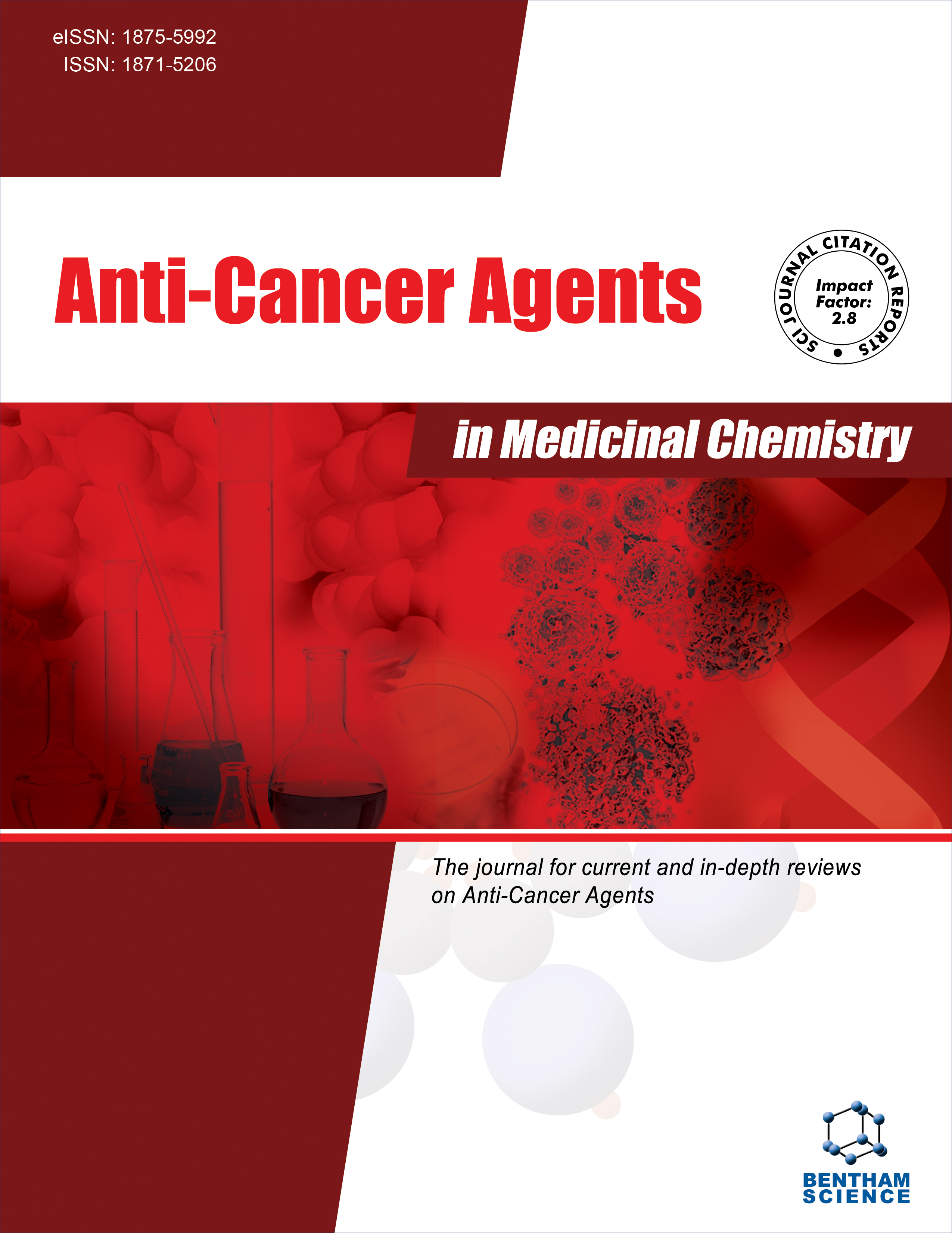
Full text loading...
We use cookies to track usage and preferences.I Understand
The association between oxidative stress and prostate cancer (PC) has been demonstrated both epidemiologically and experimentally. Balance in reactive oxygen species (ROS) levels depends on multiple factors, such as the expression of Nrf2, HO-1, and BACH1 genes. Natural polyphenols, such as resveratrol (RSV) and gallic acid (GA), affect cellular oxidative profiles.
The present study investigated the possible effects of GA and RSV on the oxidative profiles of PC3 and DU145 cells, as well as Nrf2, HO-1, and BACH1 gene expression to achieve an understanding of the mechanisms involved.
PC3 and DU145 cells were treated with ascending concentrations of RSV and GA for 72 h. Then cell growth and mRNA expression of Nrf2, HO-1, and BACH1 genes were analyzed by real-time PCR. Various spectrophotometric analyses were performed to measure oxidative stress markers.
RSV and GA significantly decreased the growth of PC3 and DU145 cells compared to the control group in a concentration-dependent manner. RSV and GA also decreased ROS production in PC3 cells, but in DU145 cells, only the latter polyphenol significantly decreased ROS content. In addition, RSV and GA had ameliorating effects on SOD, GR, GPX, and CAT activities and GSH levels in both cell lines. Also, RSV and GA induced HO-1 and Nrf2 gene expression in both cell lines. BACH1 gene expression was induced by RSV only at lower concentrations, in contrast to GA in both cell lines.
Our data suggest that RSV and GA can prevent the growth of prostate cancer cells by disrupting oxidative stress-related pathways, such as changes in Nrf2, HO-1, and BACH1 gene expression.

Article metrics loading...

Full text loading...
References


Data & Media loading...

